A Guide to Lentils, Beans, and Pulses
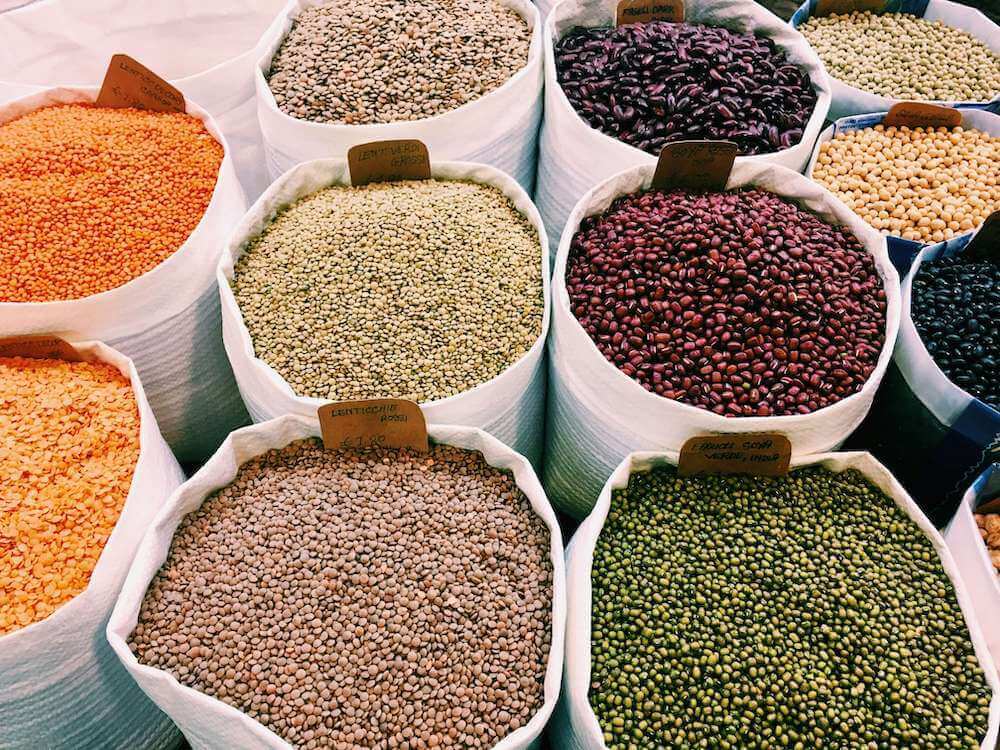
Do you know how many pulses there are? Hint: It’s over twenty. This guide to lentils, beans, and pulses will help you unlock the secrets of cooking with pulses — including how to identify them, how to cook them, and what they taste like.
We’ll delve into the versatility of pulses — With a pantry stocked with pulses, you can make a plethora of starters, main courses, street food recipes, and even desserts. Yes, you heard me right! And the best thing? I always offer suggestions of what to make with specific varieties, so you won’t have packets sitting in your cupboards unused.
The world of pulses can be overwhelming. They’re a staple of vegetarian cuisine, and a vital food source in India, South America, and many other places. Pulses are also inexpensive and nutritious, so being educated on their uses is incredibly advantageous to the home cook. However, it can seem like there are sometimes too many to keep track of …
Fear not! I’ve split my guide into three different sections, grouping the pulses into three categories: dried lentils, beans, and peas. It’s written to be as easy as possible to understand, for beginners and experts.
Plus, let me just say … The information in this guide is vital not just for Indian cooking, but for improving your knowledge of global cuisine. Let’s get educated!
Types of Lentils (With Pictures)
Lentils are pulses — the edible seeds of legumes. They vary in size, shape, and flavor, depending on the variety.
High in plant-based protein, lentils are an indispensable source of nutrition for millions of people worldwide, particularly in South Asia. Other areas, such as the Middle East, Meditterian, and North Africa, also value lentils for their high levels of dietary fiber.
Meals you can make with lentils include soups, salads, curries, and fritters.
Lentils are an incredible ingredient to utilize in a vegan or vegetarian diet. However, there are so many distinct varieties that it can be confusing, which is why I made this guide. It has pictures, descriptions (with ideas of what to cook!), and even links to buy.
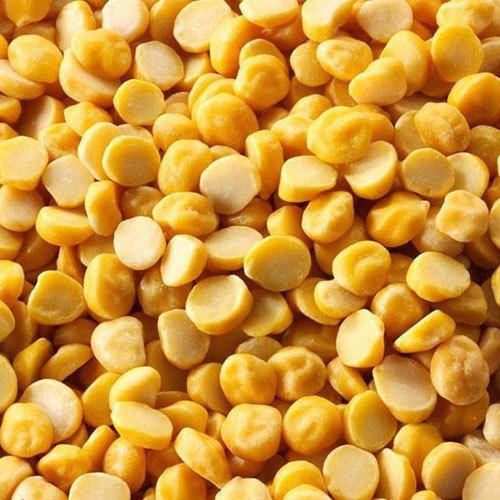
Bengal split gram (chana dal)
Chana dal is made from dried, split, and polished baby chickpeas. They are medium-sized, yellow, rounded, and glossy. Although often confused with toor dal, you can tell the two apart as chana dal is comparatively less oblong and smoother.
Chana dal can be used to make a variety of lentil dal dishes. It’s commonly used as a tempering in South Indian dishes like chitranna (lemon rice), curd rice, and vegetable sambar. It’s also essential for a sweet dessert called puran poli.

Red split lentils (masoor dal)
A small, thin lentil with a vibrant orange color and very rounded shape, masoor dal is one of the must-have lentils for Indian cooking. Due to its small size, masoor dal easily melts into a dish and cooks incredibly quickly. It’s the perfect choice for 30-minute meals like classic dal fry and masoor dal palak, as well as stuffed parathas and khichdi.
Masoor dal doesn’t need to be soaked or pressure-cooked to dissolve beautifully into Indian dishes or Western soups.
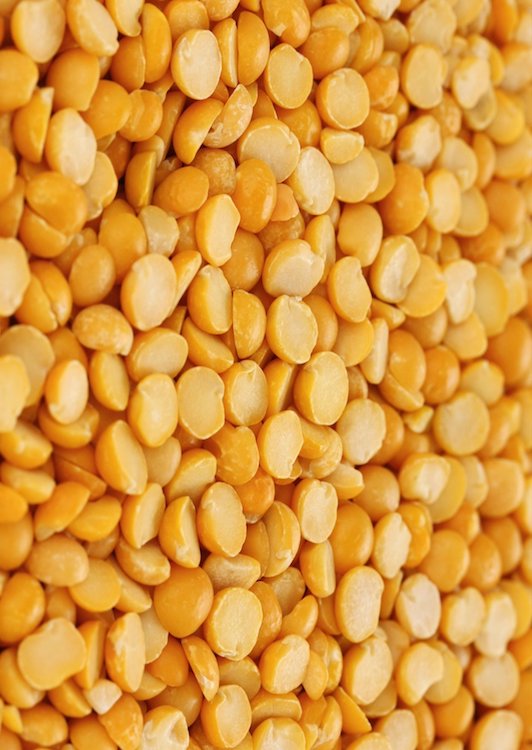
pigeon peas (toor dal)
Toor dal is one of the largest lentils, with a deep yellow color and oblong shape. Many of India’s most beloved dishes are made with pigeon peas, including dal tadka, sambar, and shevgyachya shenganchi amti. The lentils taste scrumptious; creamy, mild, and nutty, especially when paired with leafy greens and vegetables.
In some states, a variety of puran poli is made with toor dal (rather than chana dal). Despite the lentil’s popularity in India, it remains elusive in the West.
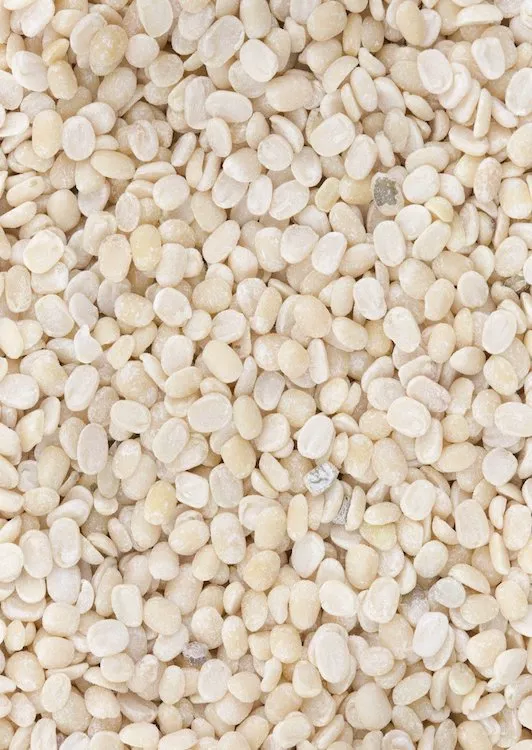
White split lentils (urad dhuli dal)
The split and skinner version of urad dal, white split lentils are small, oblong, and creamy off-white in color. The lentils are most often used in South Indian dishes: for the batter of homemade dosa, fluffy idli, and, instant rava idli, medu vada, each a staple of the South Indian home. In these cases, the dal must be soaked, ground into a batter, and fermented.
Split urad dal is also used for tempering dishes like aloo masala (for dosa), curd rice, patta gobhi sabji, and many more.
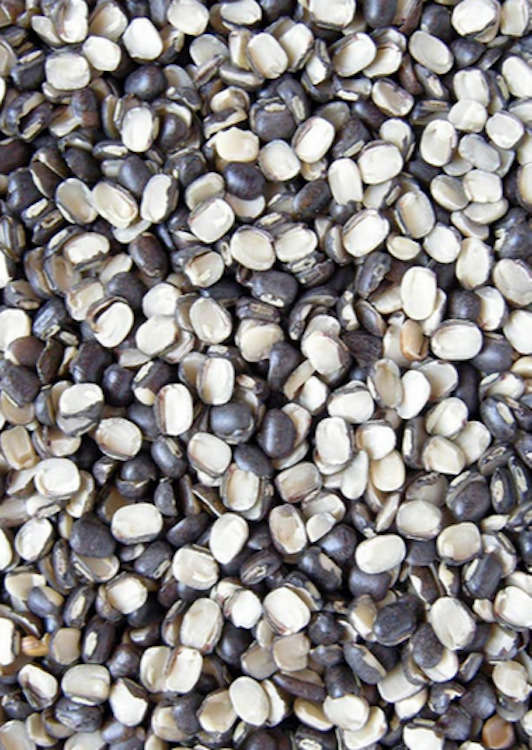
Black split lentils (urad chilka)
Urad chilka is the split but unskinned variety of black lentils. They have a matt black outer skin, a creamy white interior, and an oblong shape — half rounded, half flat. Black split lentils have a much richer flavor than the split and skinned version but are less powerful than whole urad dal. It has a creamy, slightly slimy texture once cooked.
Although it’s a less sought-after variety of lentil, many cooks love the lentil’s earthy flavor in spicy dal. You can also make dosa batter!

Black whole lentils (sabut urad dal)
Whole urad dal are small, rounded lentils with an oval shape and matt black color which sometimes appears very dark green or brown. They have a small white strip on the outside and an entirely white interior. The most flavorsome of all urad varieties, they have a distinctively creamy texture once cooked.
The most famous dish using urad dal is Punjabi dal makhani, although maa ki dal comes second. Whole urad dal benefits from low, slow cooking.
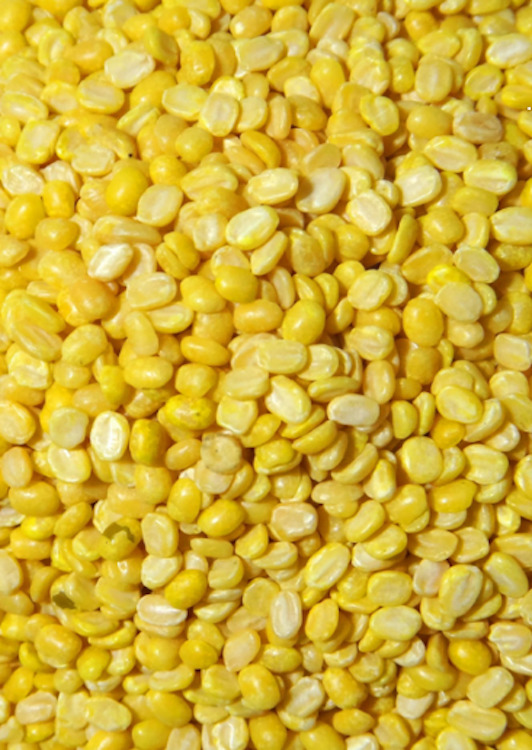
split + skinned green gram (moong dal)
Very small, vivid yellow, shiny, and oblong-shaped, moong dal is made from split and skinned moong beans. Among many, moong dal is considered the most versatile lentil — a must-have in any pantry.
Of course, you can make a standard dal tadka, dal fry, or dal palak with moong dal, but you can also get more inventive. Try making cheela, moonglet, masala vada, pakora, moong dal vada, or moong dal kachori. You can even make sweet treats, like moong dal halwa.
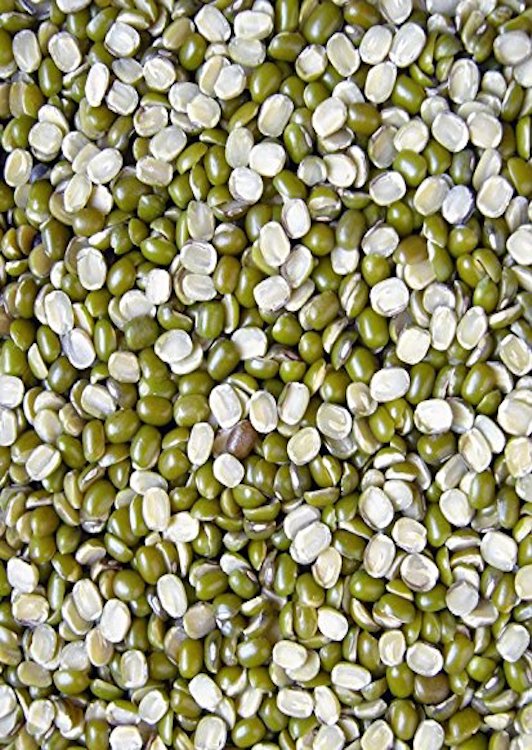
Split Green gram (moong chilka)
White interiors and a deep-forest green rounded half-body characterize these lentils, made from split unskinned moong beans. A less frequently reached-for lentil, but nonetheless delicious, you can use moong chilka to make variations on moong dosa, cheela, or Gujarati handvo. Moong chilka can also be used to make a traditional dal, just like any other lentil.
Usefully, moong chilka doesn’t require any soaking before being cooked. As another benefit, they don’t take much time to cook and will be thick and creamy.
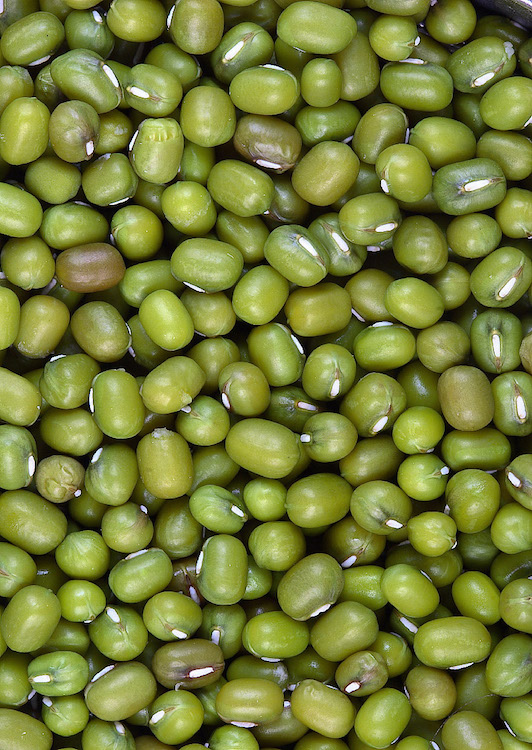
Whole moong beans (Sabut moong)
Moong beans are small, rounded, and oval-shaped. They have a glossy light forest green color, with a white mark on the sides. Moong beans can be cooked into soup, such as tangy Gujarati mug. Conversely, South Indians opt to green the beans and make a dosa-like crepe called pesarattu.
However, the beans really come into their own once sprouted. Sprouting increases the nutrition and makes them easier for us to digest. Use the beans in dishes like misal pav, usal, or Chinese dishes (beansprouts).
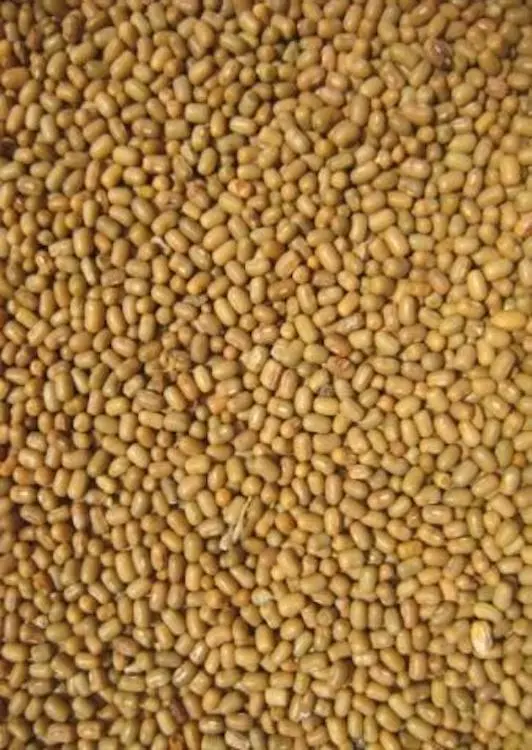
Moth beans (sabut moth, matki)
Moth Beans (otherwise known as Turkish Gram) are small, brown, oblong-shaped beans. Sometimes mistaken for horse gram (kulthi dal), moth beans are more evenly colored.
Not used often in the West, moth beans are common in India, particularly in matki usal and misal pav — both use sprouted moth beans. Other dishes include Punjabi moth dal and Tamil-style moth bean sundal.
Moth beans must be soaked overnight.
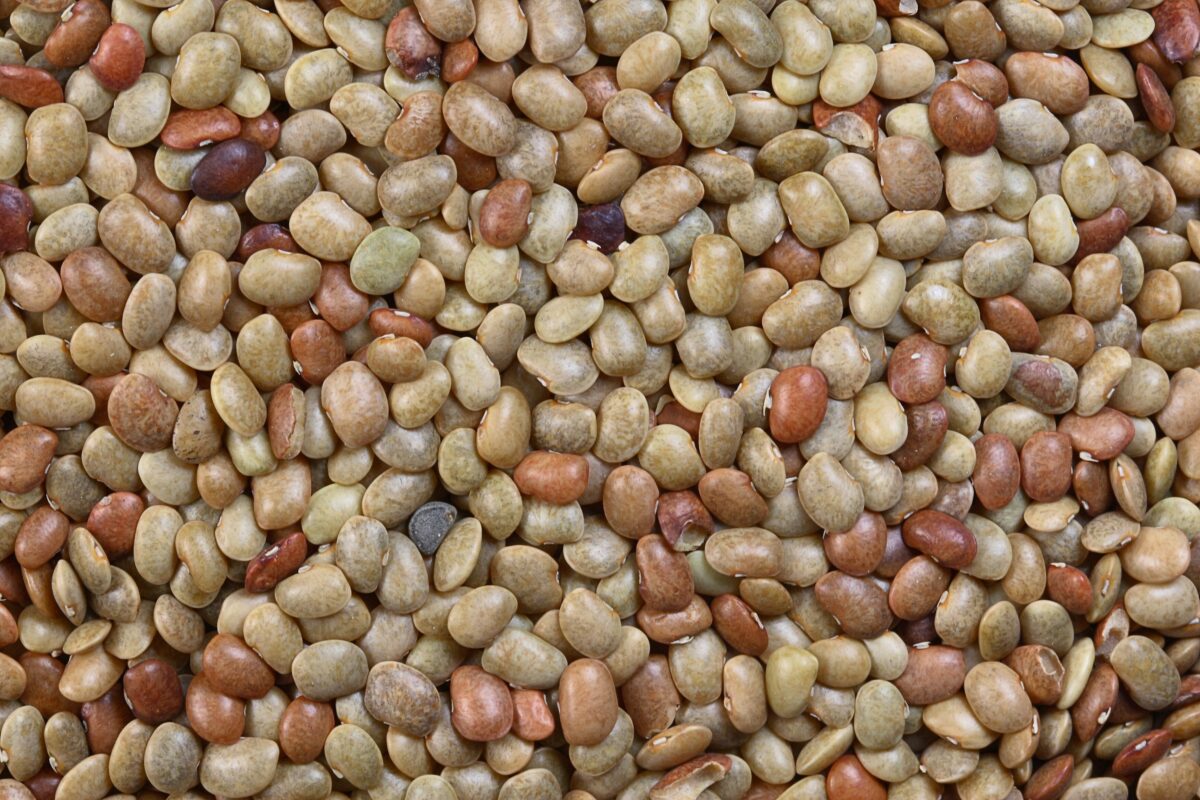
Horse Gram (Kulthi Dal)
Often used as animal fodder or natural Aryuvedic medicine, there aren’t many traditional recipes that use horse gram, a small lentil that boasts shades of green, brown, and red colors.
However, that doesn’t mean it’s not tasty. Some communities in South India and Sri Lanka use the lentil in dal and curries. It’s also a great option for sprouting, which increases its already impressive nutritional profile. You may be able to find horse gram in health food shops or specialist Indian stores but online is usually the best bet.
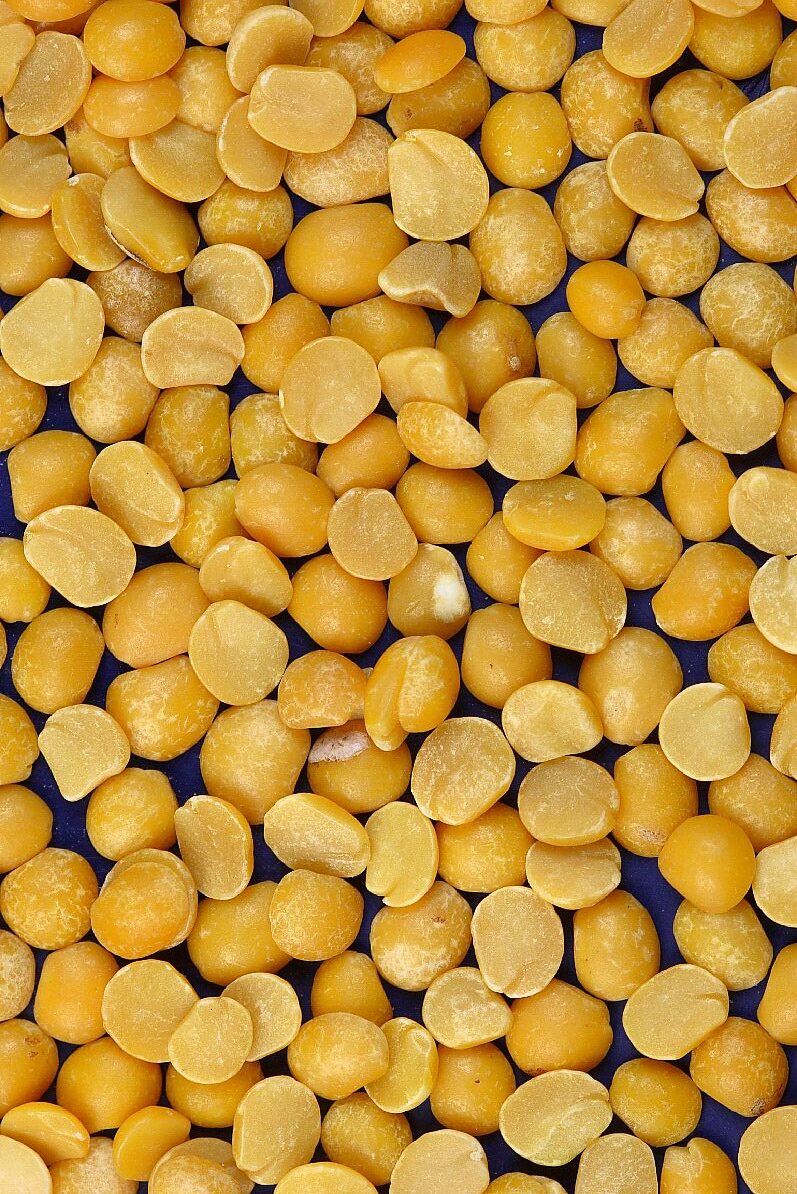
Yellow split peas (matar dal)
Yellow split peas are often mistaken for chana dal or toor dal, especially since the lentils look almost indistinguishable. Plus, since the English name is a description that also fits the other two, it makes it more confusing!
However, matar dal (as it’s called in Hindi) tastes quite different. Also known as dried and split field peas, they have a mild and earthy flavor suitable for Western lentil soups. You can also make Indian dal, but the pulse takes a long time to cook, even under pressure.
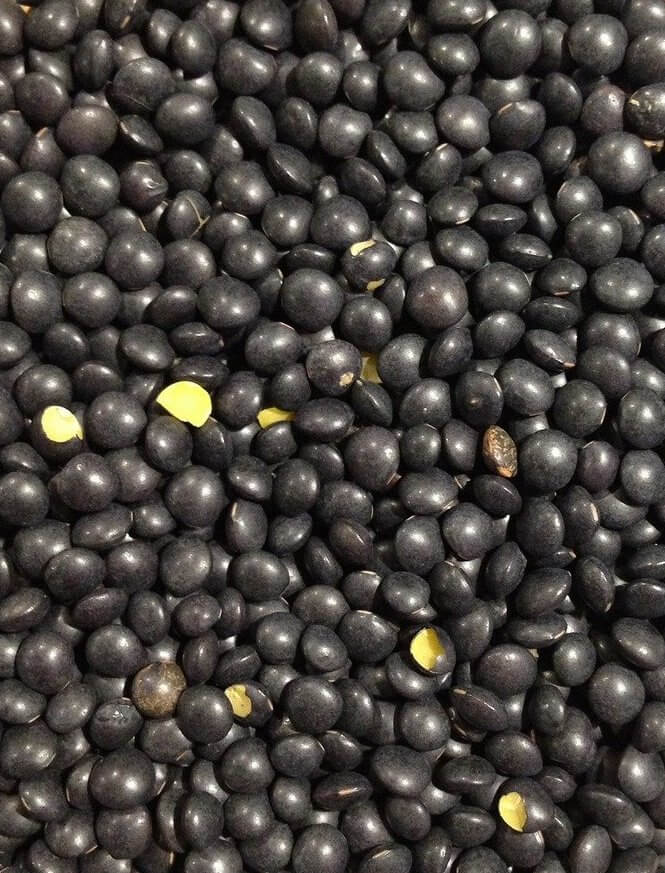
Beluga lentils
Small, round, and shiny black in color, beluga lentils are named for their resemblance to beluga caviar. They look similar to urad beans but with a rounder, flatter shape.
Unlike many other pulses, beluga lentils hold their texture when cooked, remaining firm. This makes them the perfect option for salads or Italian soups. They have an intensely earthy flavor that marries well with fresh herbs and grains.
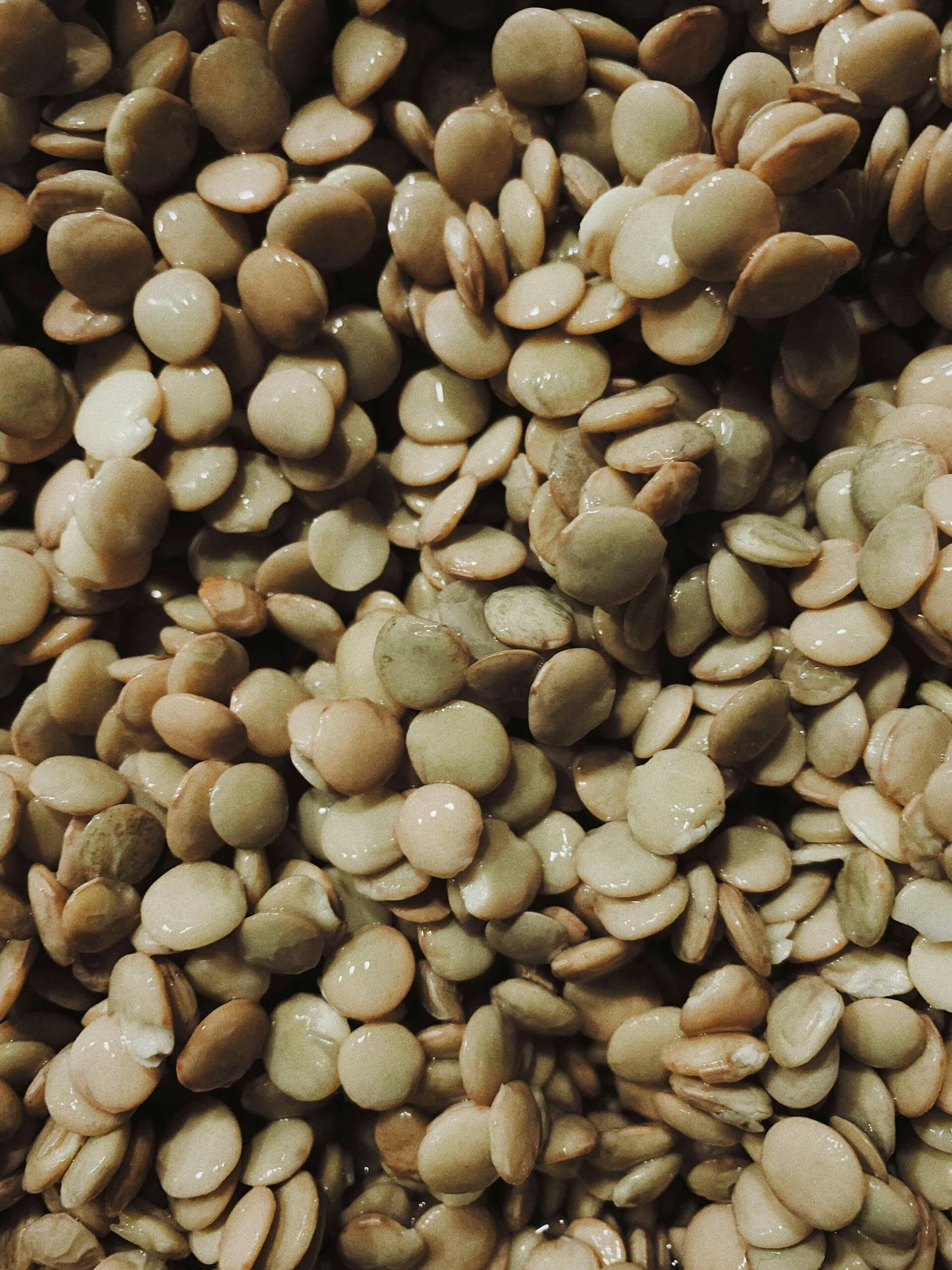
puy lentils
Puy lentils are a French variety of pulses with a protected name. Very popular in Europe, they are small, relatively flat, with a mottled dull-green color.
Similarly to beluga lentils, puy lentils have a pleasant “bite” and firm texture that doesn’t melt down into sauces. Due to this, you’ll often find the lentils braised or cooked in rich sauces — one of the most well-known being French lentil ragout. With a delicate, peppery flavor, they’re a pantry staple for many cooks.
🫘 Types of Beans (With Pictures)
Beans are in the legume family, just like lentils (and nuts, surprisingly!). Unlike vegetables, they provide sizeable amounts of protein on top of other benefits like vitamins and minerals.
Humans have been cooking beans for centuries. That’s why you’ll find so many traditional native South American recipes, as well as Indian meals, make use of these protein powerhouses.
Furthermore, beans are incredibly versatile — they can be cooked into dips and sauces, curries, stews, and soups, as well as unbelievable ingredients like homemade tofu and homemade tempeh.
If you’ve ever wondered how to use that pack of beans that’s been sitting in your pantry, this list has all the answers. It has Hindi names listed, as well as pictures, flavor descriptions, and everything you need to know to identify — and cook with — all types of beans.
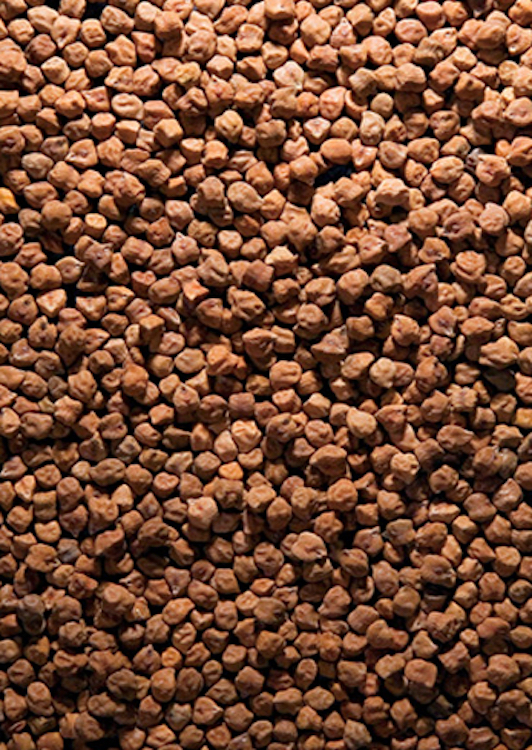
Black chickpeas (kala chana)
Black chickpeas are much smaller and darker than normal white chickpeas. Despite the name, they are a dark reddish brown color with an intensely nutty flavor, firm texture, and buttery interior. They’re available to buy dried and canned; the canned variety can be cooked instantly, while the dry type requires overnight soaking.
Black chickpeas are delicious in chaat dishes or simple curry dishes like kala chana masala. You can even sprout them and use them in misal pav.
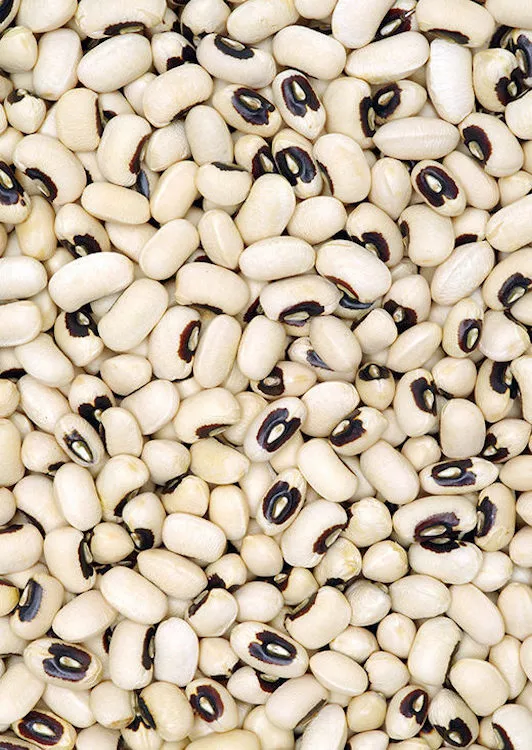
Black-eyed beans (Lobia/chavli)
Creamy off-white with a black mark on the inner curve, black-eyed beans are medium-sized, smooth, and shiny with a mild nutty and earthy taste with a creamy texture. A staple of Indian households, Punjabi lobia masala, and Maharashtrian chavali chi bhaji are two favorites.
Like most beans, they are available canned and dried. Dried black-eyed beans should be soaked for a minimum of five hours, while dried can be used immediately.
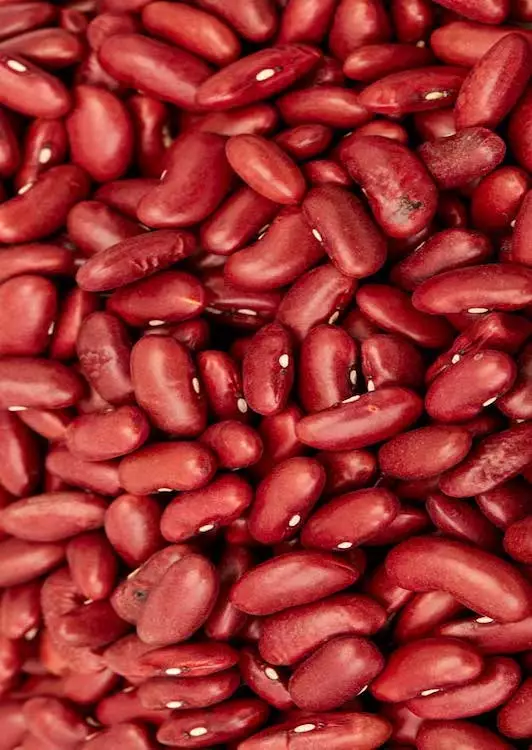
Red Kidney Beans (Rajma)
Red kidney beans are medium-sized, gently curved, and deep red. They have small white spots on the curved size with a creamy, meaty taste. Due to this, they are often used in vegetarian bean burgers, in addition to traditional Mexican and South American cuisines. In India, famous dishes include Punjabi rajma chawal and dal makhani.
Like most beans, you can buy them dried or canned. The dried beans will need soaking for a minimum of 5 hours or preferably overnight before cooking.
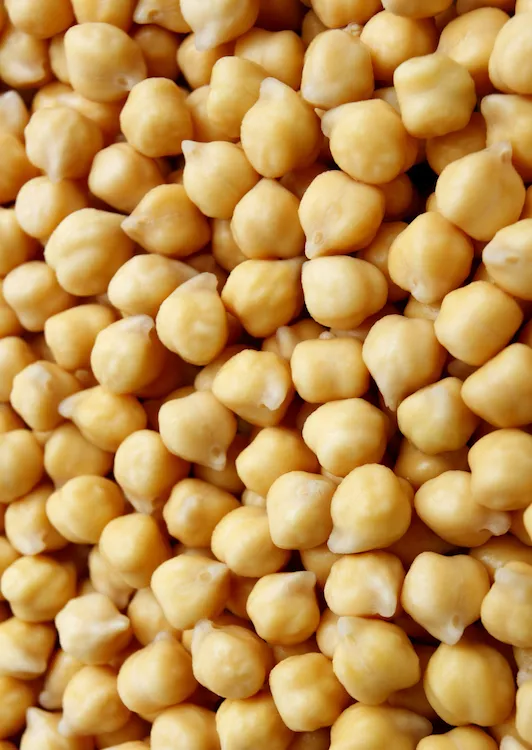
White chickpeas (chana/chole)
Chickpeas vary in size; desi chana (common in India) are smaller and darker, while kabuli chana (found in the U.S.) are larger and paler. All varieties are rounded in shape, with an earthy, nutty flavor and creamy texture.
The most popular chickpea dish is chana masala served with puri, naan, or bhatura. They also taste fantastic in chaat or pulao. Global dishes include basic hummus (or beetroot hummus) and falafels (wild garlic falafel). Dried chickpeas need overnight soaking; canned can be used instantly.
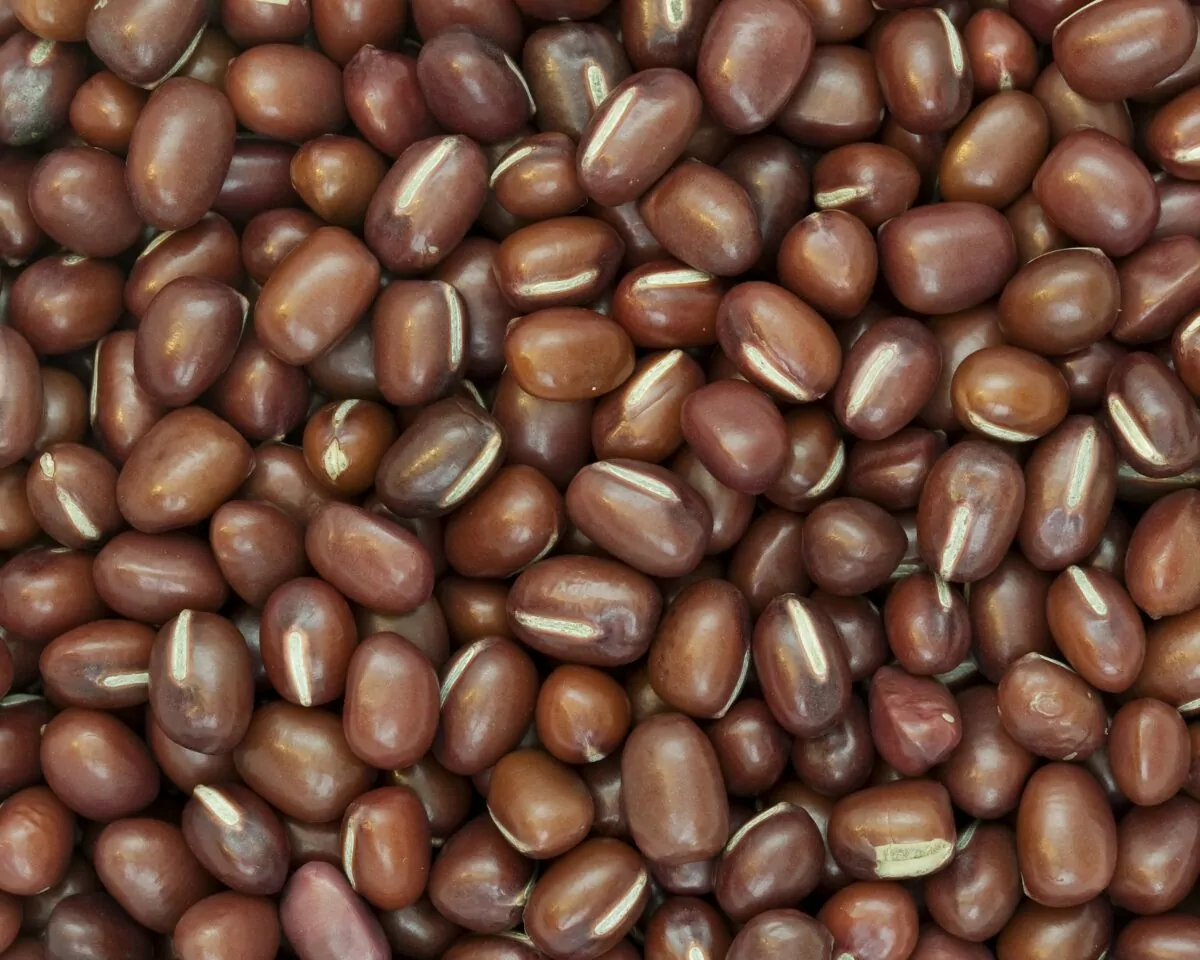
Adzuki bean/cow peas (Lal chowli)
Also known as red moong beans, adzuki beans are small, glossy, and mostly red — with a small white strip along the side. They command a nutty and slightly sweet flavor that makes them perfect for Asian dessert recipes. It’s the main ingredient of red bean paste, a common dessert stuffing you’ll find in Chinese and Japanese cuisine as a filling for mooncakes, mochi, and much more.
In India, the bean is known as red chowli, and can be cooked into a warming curry.
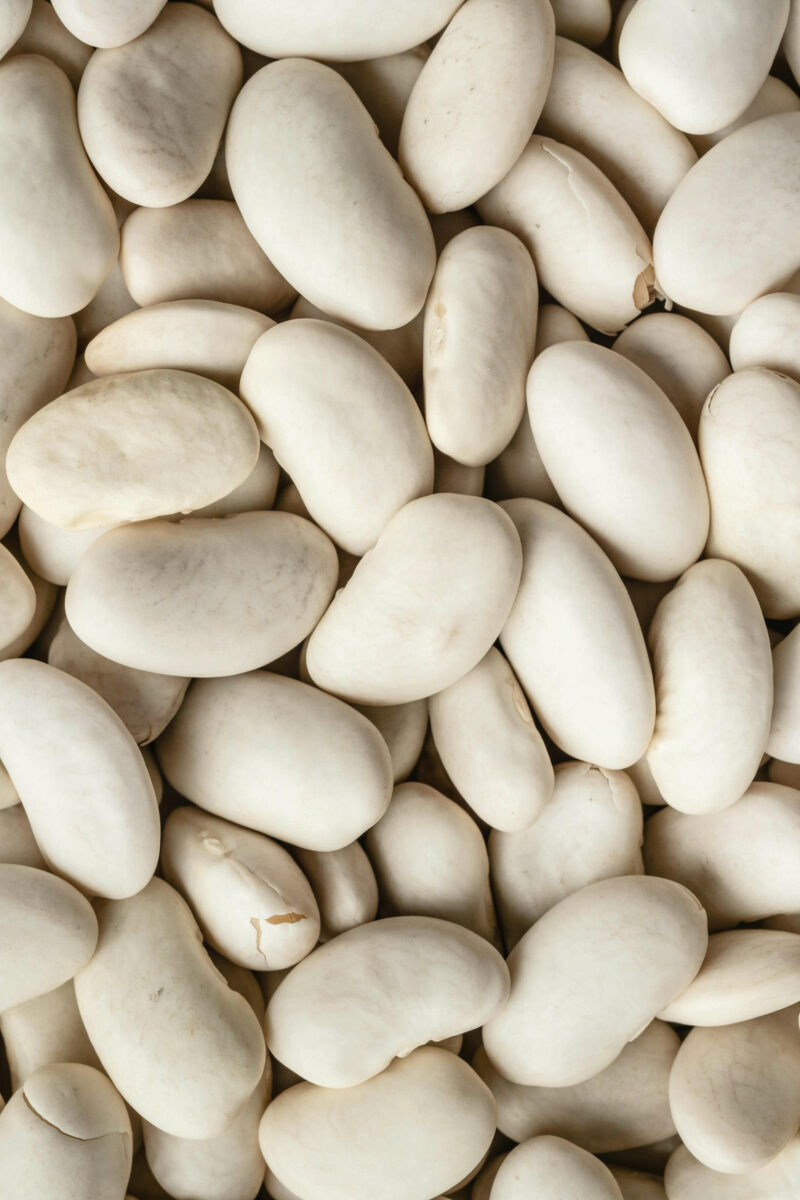
Butter beans/Lima beans (Vaal)
Butter beans are large, with a creamy off-white color, smooth texture, and mild, buttery flavor (as the name suggests!) They can be bought dried or canned, but must not be eaten raw.
Cooked, butter beans taste scrumptious in Mediterranean-inspired dishes with lemon and herbs. They also make excellent curries, such as Indian butter bean curry, which is especially popular in Gujarat. Because of their creamy texture, butter beans also make fabulous dips when cooked and blended.
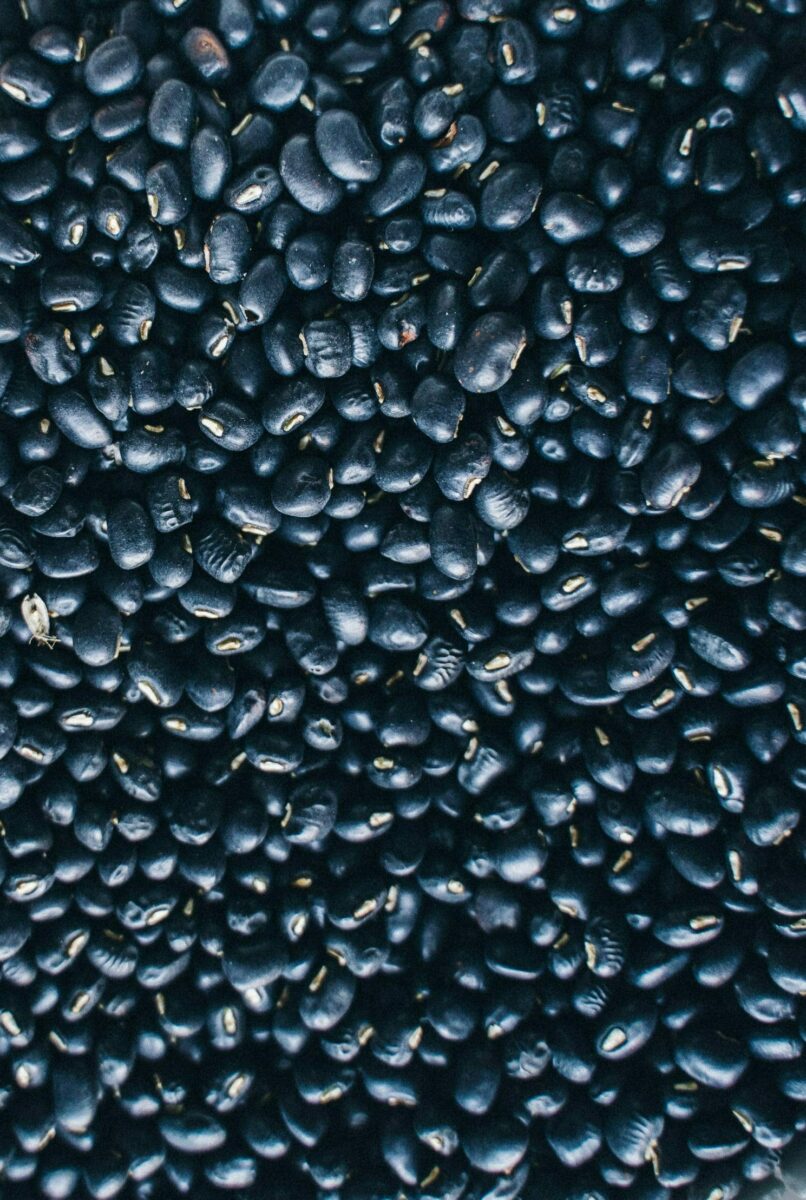
Black beans (Kala Ghevada)
Black beans are a vital plant-based protein source for much of South America, where glossy black beans are used in tacos, burritos, refried beans, and many more delicious recipes.
Although black beans are most associated with the Americas, they are also used in regional Indian cuisine, including Maharashtrian, South Indian, and far northern India. The earthy, meaty beans are cooked into thick curries and savored with chapatis. Like most beans, they can be bought dried or canned.
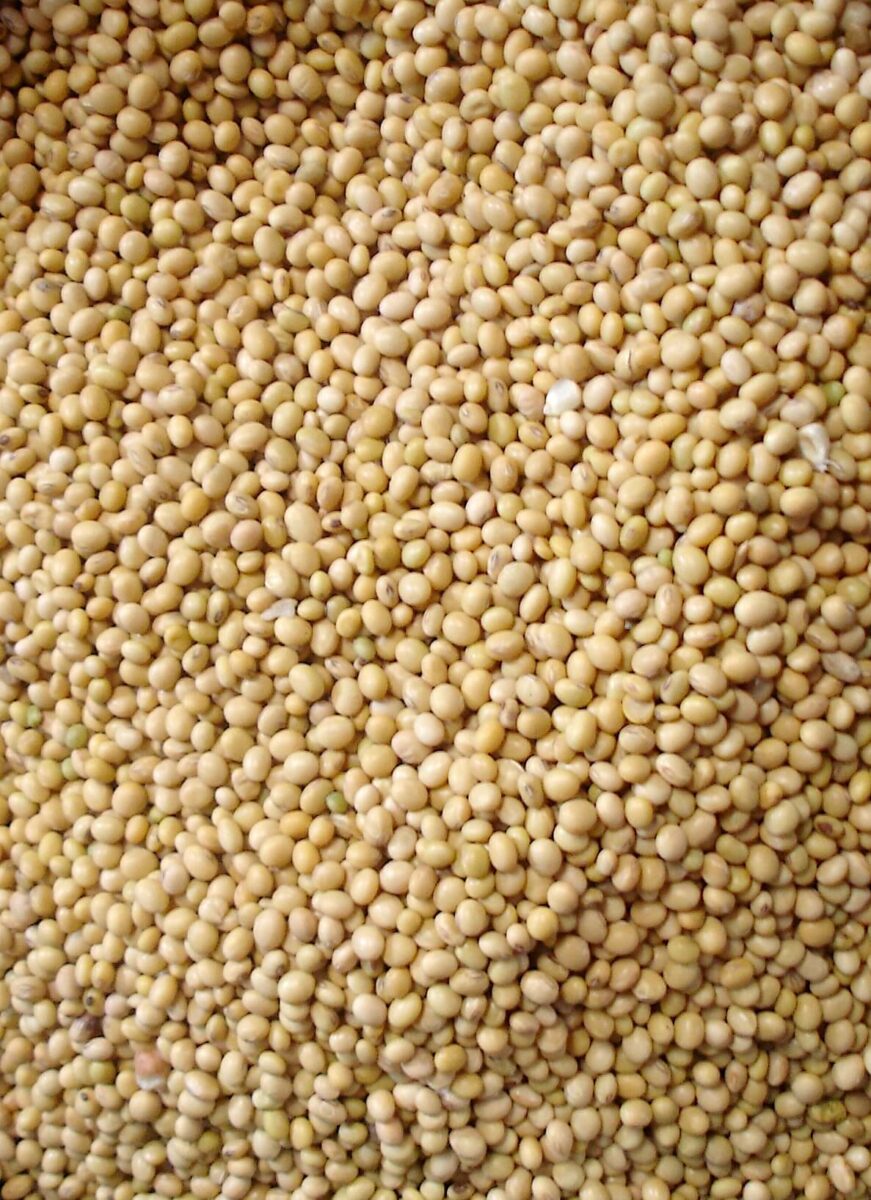
Soybeans (Soya)
Soybeans have a mild, subtly sweet flavor, a pale yellow color, and a smooth, uneven circular shape. Similar to some other beans, soybeans are toxic when raw, so they must be cooked.
In India, soybeans are mostly used for oil production. In East Asia, however, soybeans are enduringly widespread: homemade tofu is made from soybeans, as is soymilk. The beans are often fermented to make umami-rich miso, soy sauce, tempeh, and pungent Japanese natto.
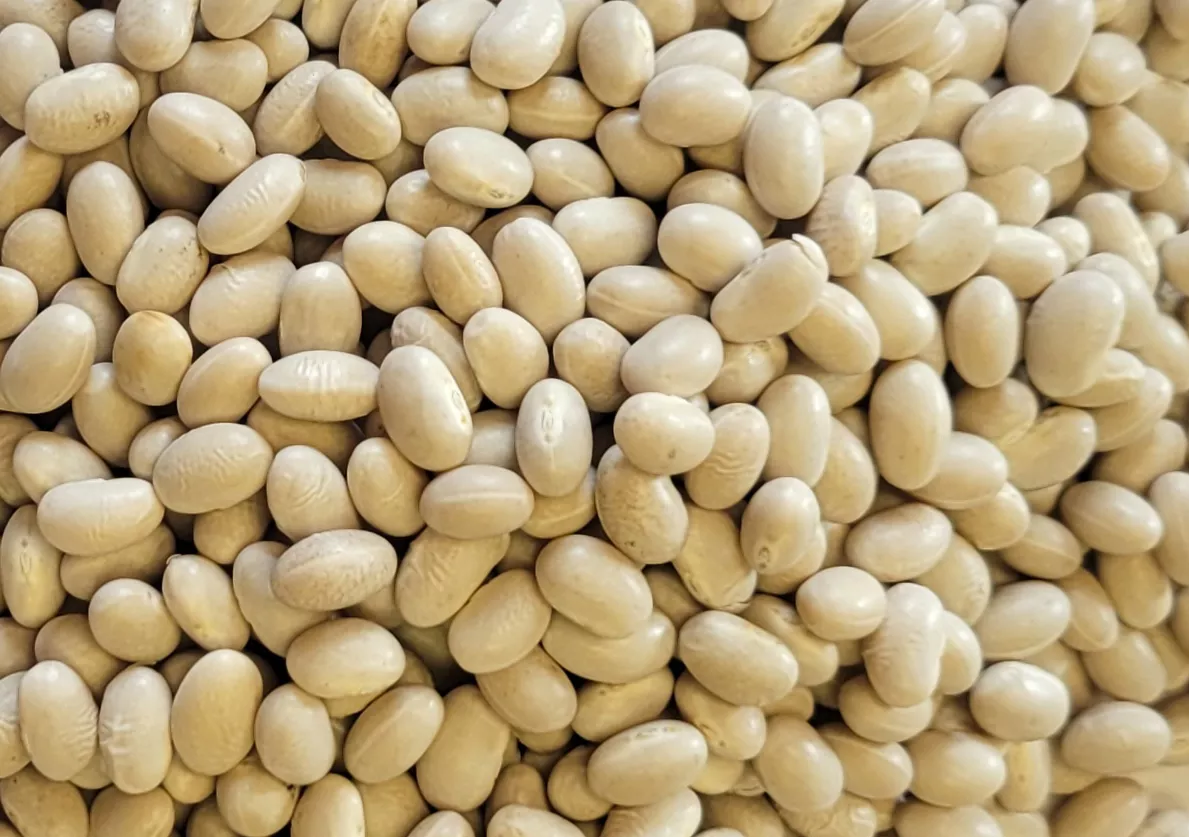
Navy / Haricot Beans
Navy beans, also known as haricot beans, are a healthy and nutritious choice. They are small beans, often white in color, although sometimes mottled, with an extraordinarily mild flavor.
The most beloved dish made with navy beans is traditional baked beans. Popular in the U.S., baked beans are also an essential part of an English breakfast. Put an Indian spin on it with masala beans!
Types of Dried Peas (With Pictures)
We often think of peas as being a fresh vegetable. After all, everyone’s enjoyed fresh peas in Punjabi vegetable samosa or matar paneer! But, peas can be eaten dry too. They fit into the category of “pulses.”
Dried peas are used worldwide in soups, street-foods, and curry preparations. It’s worth having some in your pantry — read about why below!
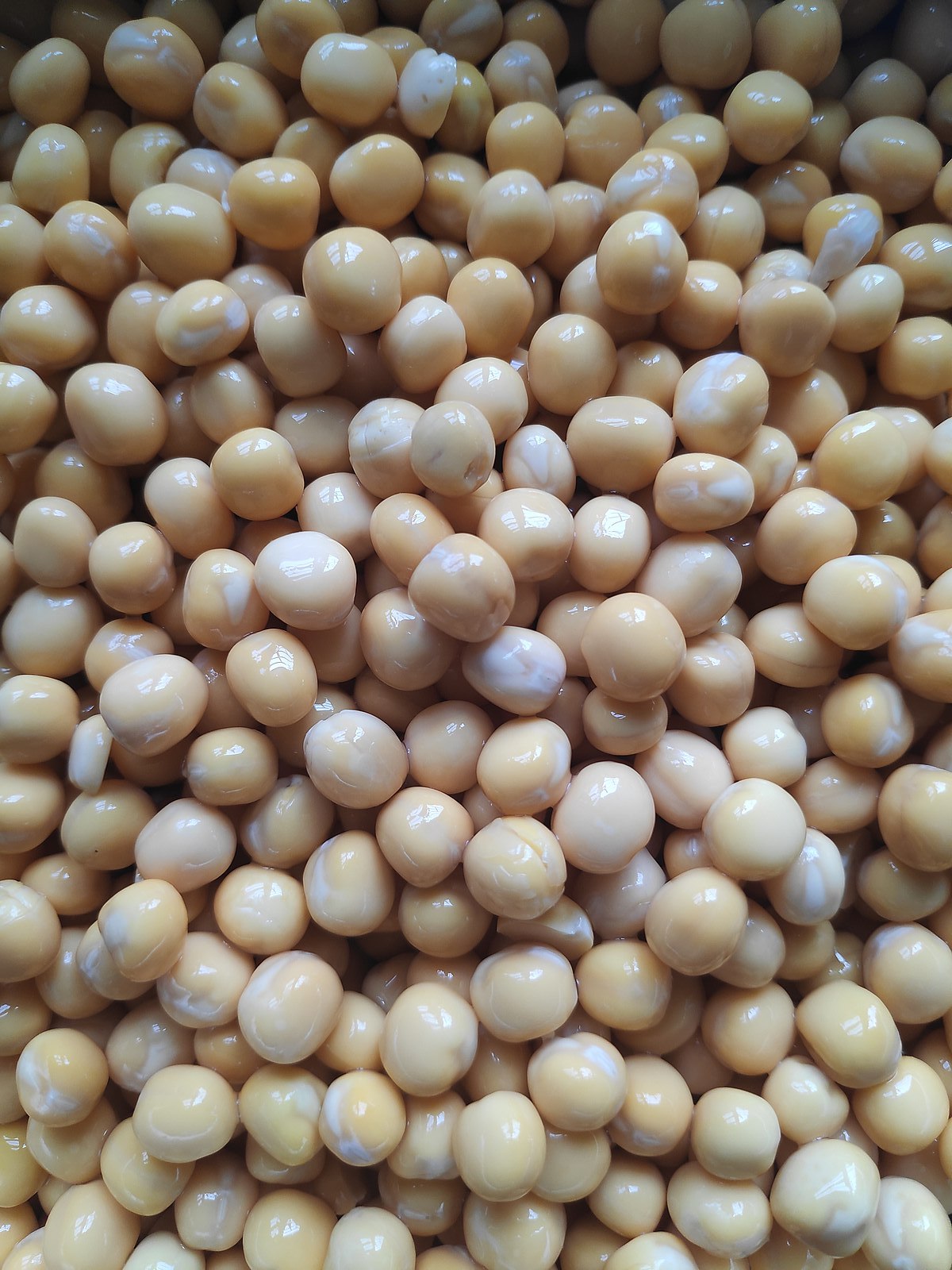
White peas (safed vatana)
Vatana is made from dried white peas. Smaller and smoother than chickpeas, they must be soaked overnight before cooking — unless you can find them canned.
White peas are essential for a number of Indian recipes, including the famous Mumbai street food ragda patties and comforting Bengali ghugni. You can also sprout the vatana and include them in misal pav, an idea I got after dining at Dishoom Manchester for a review.

Marrowfat peas (vatana)
Similar to white peas but much more common in English kitchens than Indian ones, green marrowfat peas are medium-sized, with a matte, pale green color. They have a strong “green” fresh flavor and cook down to a creamy consistency.
The most famous dish using marrowfat peas is traditional British mushy peas, which I love serving with tofish. You can buy them dried — in which case they need soaking overnight — or canned and ready-to-cook.
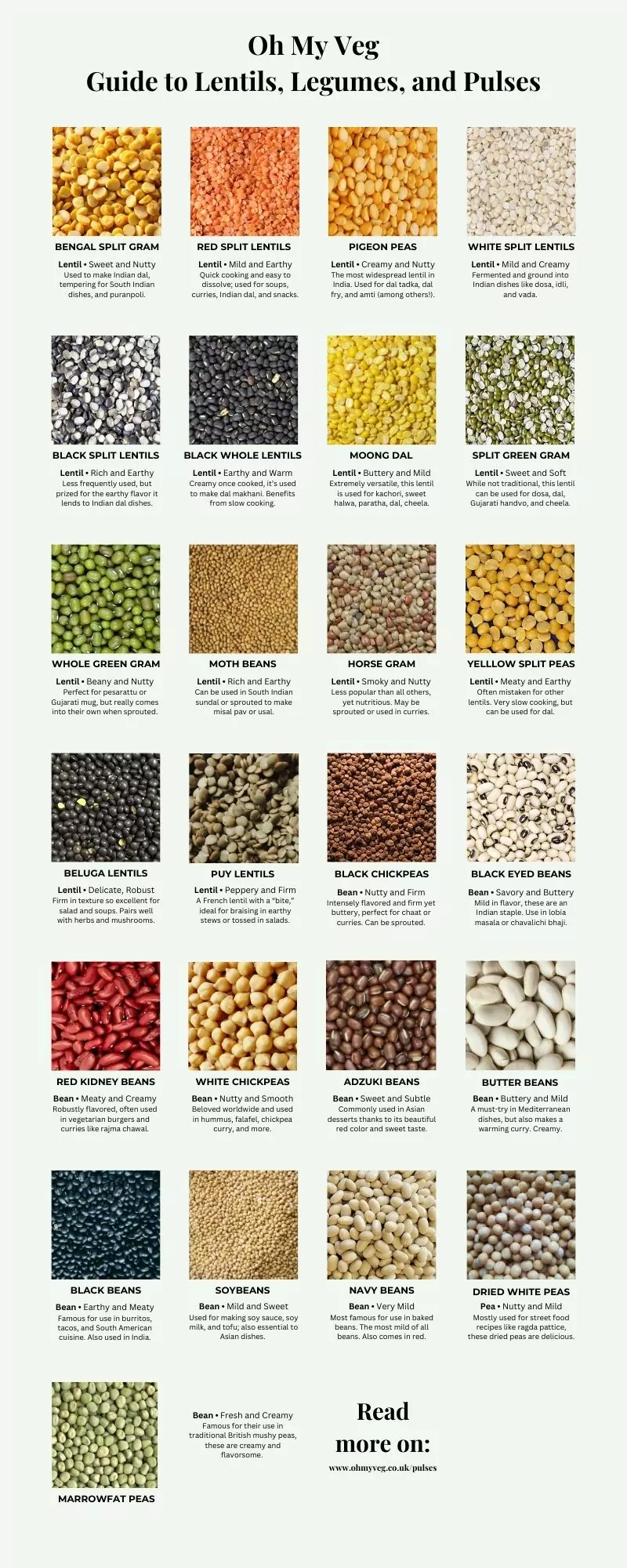
❓Frequently Asked Questions
📓 Glossary of Pulse Names in English, Hindi and Marathi
| English | Hindi | Marathi |
| Bengal Split Lentils | Chana Dal | Harbaryachi Dal, Chanyachi dal |
| Black Chickpeas | Kala Chana | Harbara |
| Black Eyed Beans | Lobia, Chavli | Chavali |
| Black Split Lentils | Urad Dal | Udid |
| Black Skinned Lentils | Urad Dhuli | Udid |
| Black Whole Lentils | Urad Sabut | Udid |
| Green Split Lentils | Moong Chilka | Mugachi Dal |
| Green Whole Lentils | Moong, Mung | Mug |
| Pigeon Pea Lentils, Split | Toor Dal, Tuvar Dal, Arhar Dal | Turichi Dal |
| Red Kidney Beans | Rajma | Rajma |
| Red Split Lentils | Masoor Dal | Masurachi Dal |
| White Chickpeas (Garbanzo Beans) | Chana, Kabuli Chana, Chole | Harbhara |
| Whole Moth Beans | Moth Dal, Matki | Matki |
| Yellow Split Lentils | Moong Dal | Mug |


